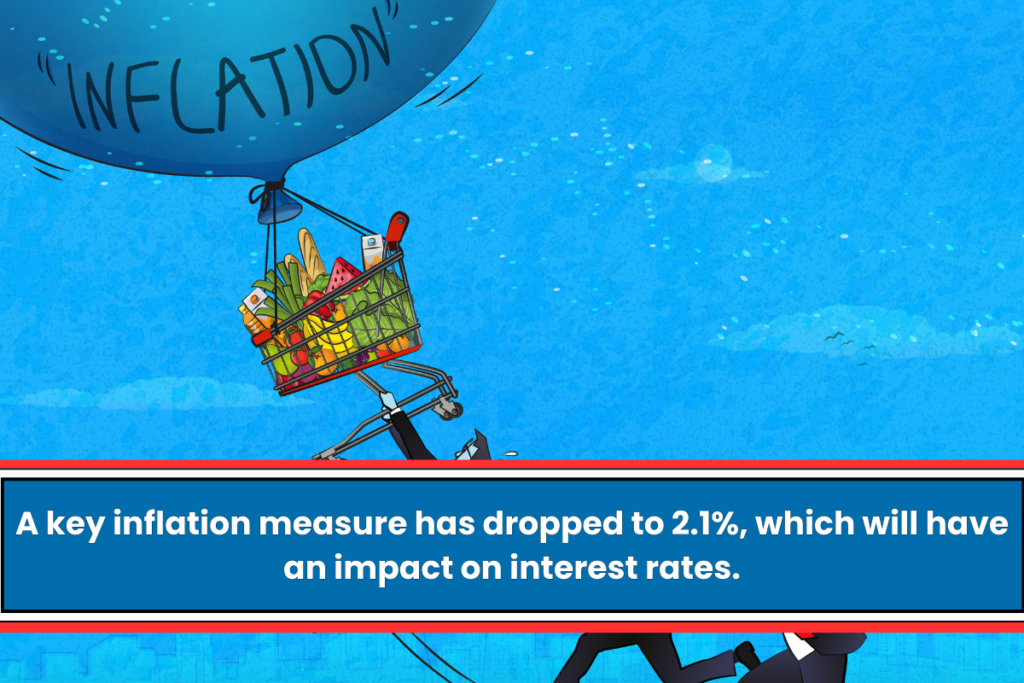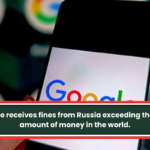The Federal Reserve’s favorite way to measure inflation, the personal consumption expenditures (PCE) price index, fell to 2.1% year-over-year last month.
This is close to the 2% annual rate that the central bank wants to see. Wall Street traders say that could make it more likely that rates will be lowered again in 2024.
According to statistics from the Commerce Department, September’s PCE was about the same as what economists polled by Dow Jones Newswires and The Wall Street Journal thought it would be. It was also lower than August’s rate of 2.3%.
After the pandemic, inflation rose a lot, so the fact that average inflation is now only a tenth of a percentage point away from the Fed’s goal is a big deal.
The Federal Reserve cut interest rates for the first time in four years last month because there were signs that inflation was getting closer to its goal of 2%. This was good news for people with credit card debt or who are looking for a loan.
In an email, EY Chief Economist Gregory Daco said that the most recent PCE data is the index’s lowest number since February 2021.
“No tricks, just some consumer and inflation treats,” Daco said. “We continue to expect the Fed to ease policy by 25bps at every meeting through June next year amid resilient but moderating growth and cooling labor market trends.”
That could bring the federal funds rate down from 4.83% to about 4.4% in December and then all the way down to 3.4% in June 2025, he said.
Prices are still going up even though inflation is going down.
People in the U.S. are still unhappy with the cost of living, even though the Federal Reserve has made progress in slowing the rate at which prices are rising due to high interest rates. This is a big issue for many people before the November 5 election.
A common group of goods and services is used to measure inflation. The PCE index and other inflation tools, like the Consumer Price Index, track how prices change over time.
But a lot of Americans think of inflation as the prices they pay at the store.
Even though inflation has gone down, prices are still very high; they’re just going up more slowly than they were at the height of the pandemic.
That may also be why more than one in four people asked by YouGov in August said they thought the inflation rate was over 10%, which is four times the real rate.
Democratic candidate Kamala Harris and Republican candidate Donald Trump have both put forward ideas they say will help bring down the prices of things like gas and food.


